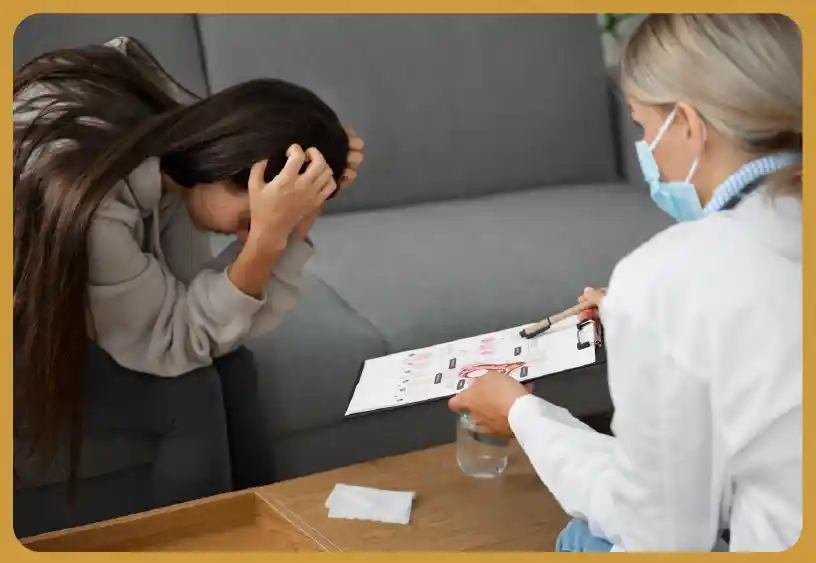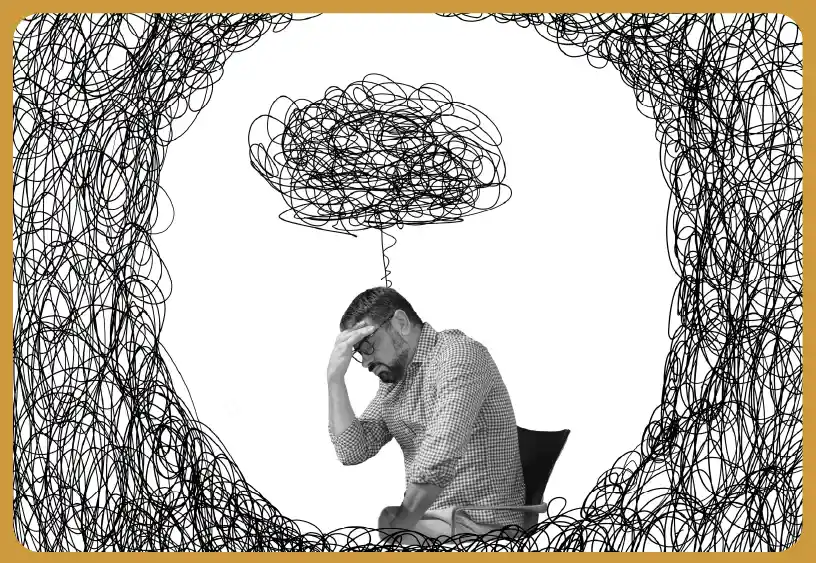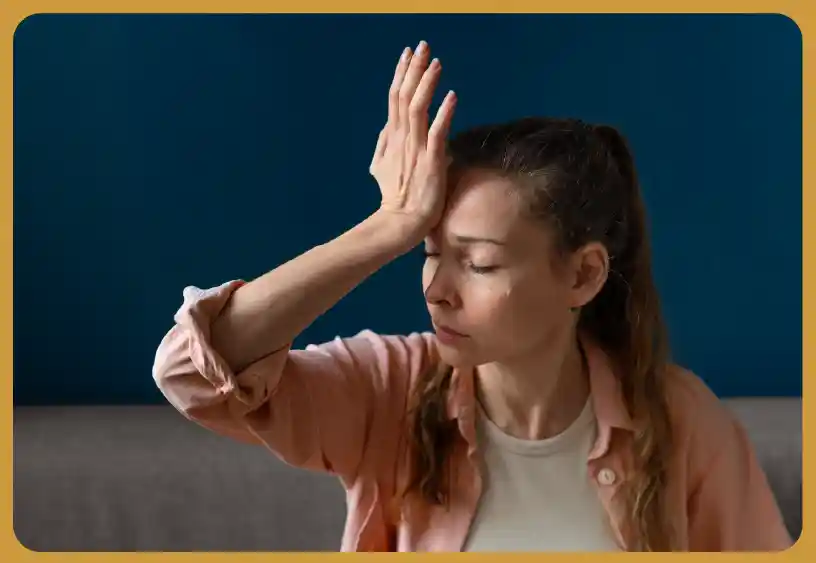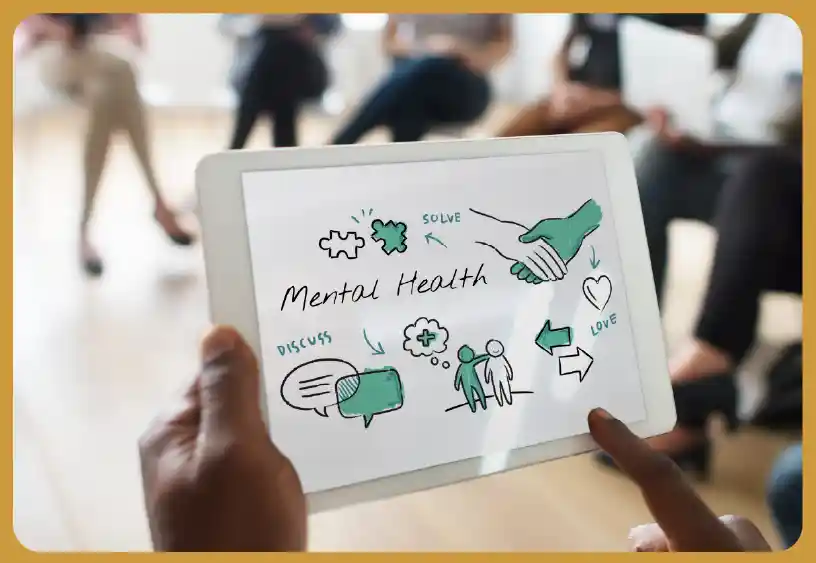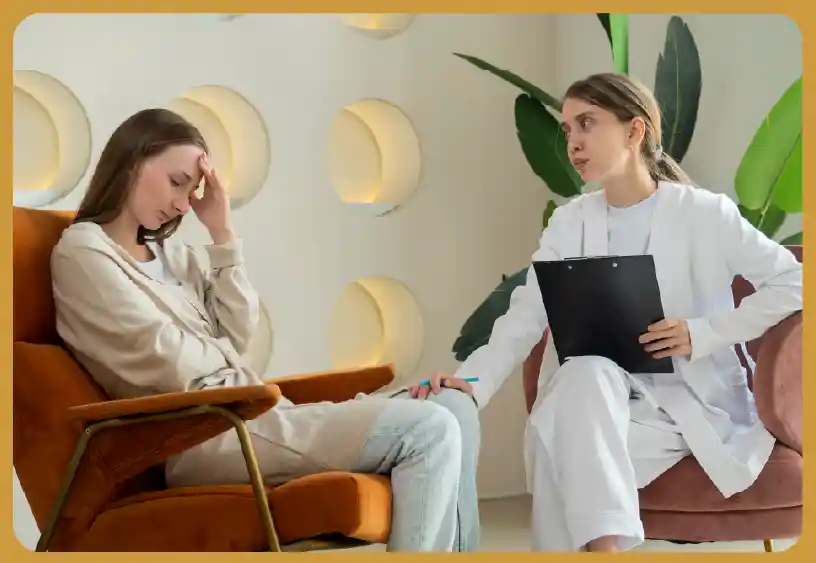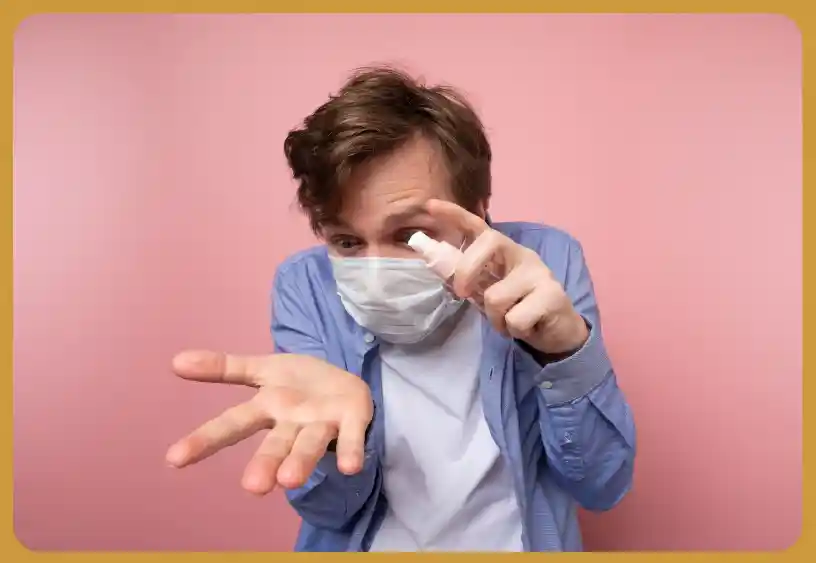
OCD Without Compulsions? Is That Possible?
"Obsessive thoughts without visible compulsions? It's more common than you think"
For many, the conventional picture of OCD is one of obvious rituals—counting, checking, and washing. What about those who battle unrelenting cycles of thoughts? For people battling these invisible restraints, this silent struggle is sometimes overlooked, misinterpreted, and ignored, aggravating their suffering.
OCD free of overt compulsions presents a special difficulty. It challenges the preconceptions but also introduces unique difficulties. Imagine being caught in a mind that won't rest, in which uncertainty or anxiety colors every choice. Searching for clarity turns into a daily race that wears one out and isolates one. Still, there is promise within this struggle—not in eradicating the ideas totally but in learning to negotiate them with empathy and understanding.
OCD and Compulsions
There are two main parts to obsessive-compulsive disorder (OCD): thoughts and compulsions. Obsessions are unwanted, constant thoughts, feelings, or pictures that make you feel a lot of pain. Most of the time, these thoughts are about things like harm, infection, or harmony. Compulsions, on the other hand, are mental or physical acts that people feel compelled to do over and over again because of their interests. Some common compulsions are checking or cleaning too much, or doing mental routines to calm down or stop something bad from happening. Compulsions make people feel better for a short time, but they keep the OCD loop going by keeping them believing that these routines keep bad things from happening.
Recognizing the complex connection between obsessions and compulsions is important for understanding OCD. If someone has OCD, they may or may not have obvious compulsions. However, the distressing thoughts and actions that people do over and over again to ease this distress are what make the condition unique. A common and effective treatment for OCD is cognitive-behavioral therapy (CBT), especially exposure and response prevention (ERP). ERP helps people face their fears gradually without acting on them, breaking the circle of OCD.
Is OCD Without Compulsions Possible?
Let us gain a deeper understanding of each aspect of OCD without compulsions, highlighting the complexities and challenges individuals may face in managing their symptoms and seeking appropriate treatment.
Pure Obsessional OCD
People with Pure Obsessional OCD, also referred to as "pure O," have upsetting images or ideas that disturb them a lot and cause great anxiety and sadness. In those with typical OCD, one can see compulsions. Those with Pure O, on the other hand, generally exhibit these disturbing impulses devoid of any outward behavior. Among the causes that could lead to these obsessions include worries about injuring oneself or others, illness, sexual identity or morality, or a strong demand for symmetry and order. The ideas are unpleasant and unwelcome; they also frequently contradict the person's values and beliefs, which fuels even more discomfort and anxiety.
Diagnosing Pure O can be challenging as clinicians who just focus on the absence of evident compulsions could overlook the condition. On the other hand, the addictions do create actual issues and anxieties that demand for treatment. Particularly Exposure and Response Prevention (ERP) approaches, and cognitive-behavioral therapy (CBT) can assist persons with Pure O to face their fears and obsessions without acting out on them, therefore breaking the loop of worry and discomfort.

Covert Compulsions
People with obsessive-compulsive disorder (OCD) regularly engage in mental routines or subdued actions meant to help them relax or stop what they fear occurring. Though they are not clear-cut like washing hands or checking locks, these behaviors are as time-consuming and irritable. Among the covert compulsions include thinking count, reciting prayers or phrases aloud, or reviewing events in your thoughts to ensure they are safe or appropriate. Like overt compulsions, these unseen rituals help people to relax and prevent them from noticing danger.
Avoidance Behaviors
Many times used to treat OCD with concealed compulsions is cognitive behavioral treatment (CBT). Exposure techniques—which enable individuals to face their anxiety—are a crucial component of therapeutic therapy. Exposure and Response Prevention (ERP) can assist those with overt and covert compulsions as well. This approach teaches people to battle the need to follow mental patterns and gradually exposes them to objects that cause them anxiety. Through treatment, people acquire better strategies to manage their anxiety and minimize the impact of their repeated thoughts on their everyday lives.
Another typical approach used by those with OCD to cope with their symptoms is engaging in activities they do not need. This is particularly true in cases where people are experiencing unwelcome thoughts or impulses without displaying any evident compulsive behavior. Instead of confronting their anxieties or triggers head-on, people may avoid the events, persons, or circumstances that cause their too-frequent thoughts. To ease their anxiety, someone who is terrified of germs, for example, could stay away from public areas or social events. Though they can temporarily assist, avoidance habits ultimately encourage the belief that some situations are unsafe or inappropriate.
Compulsive Mental Checking
People with this type of OCD repeatedly go over their thoughts, memories, or mental pictures to calm down or keep themselves from hurting themselves. Other people can see when someone is mentally checking, but not when they are physically checking something, like frequently checking locks or machines. This inner routine can be very upsetting and take a lot of time. It can also take up a lot of mental energy and attention during the day.
People who suffer from compulsive mental checking may feel like they need reassurance or sure all the time, which can keep them in a loop of doubt and worry. For example, even if others tell them they didn't say anything hurtful or insulting, someone with OCD might think about past talks to make sure they didn't. Mental checking can make it hard to focus, remember things, and make decisions. This can affect work, relationships, and quality of life in general.
Treatment Challenges
Commonly used to treat compulsive mental checking is cognitive-behavioral treatment (CBT), which focuses on challenging the need for confidence and lowering the number of times people check their thoughts. Through exposure methods in therapy, people slowly face the situations or thoughts that make them need to check. This helps them learn to deal with uncertainty and fight the urge to do mental routines that they can't stop. As people with OCD learn better ways to deal with their repetitive thoughts and behaviors, they may feel less anxious and be able to do more things over time.
Conclusion
One complicated and sometimes misinterpreted kind of OCD is one without obvious compulsions. The suffering and effects on everyday life can be significant whether through Pure Obsessional OCD, hidden compulsions, avoidance behaviors, or compulsive mental checks. Accurate diagnosis and successful treatment depend on an awareness of these less obvious manifestations of obsessive-compulsive disorder. By bringing attention to these less obvious difficulties, we might encourage more understanding, awareness, and help for people negotiating the quiet demands of OCD. Right therapy approaches allow people to learn to control their symptoms and lead happy lives.
- Share



